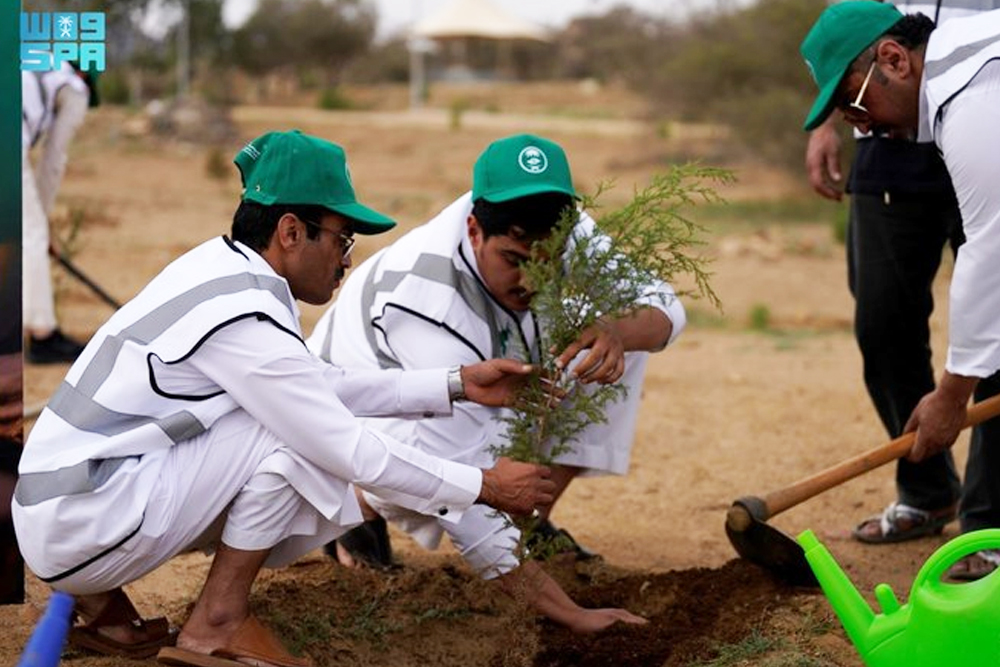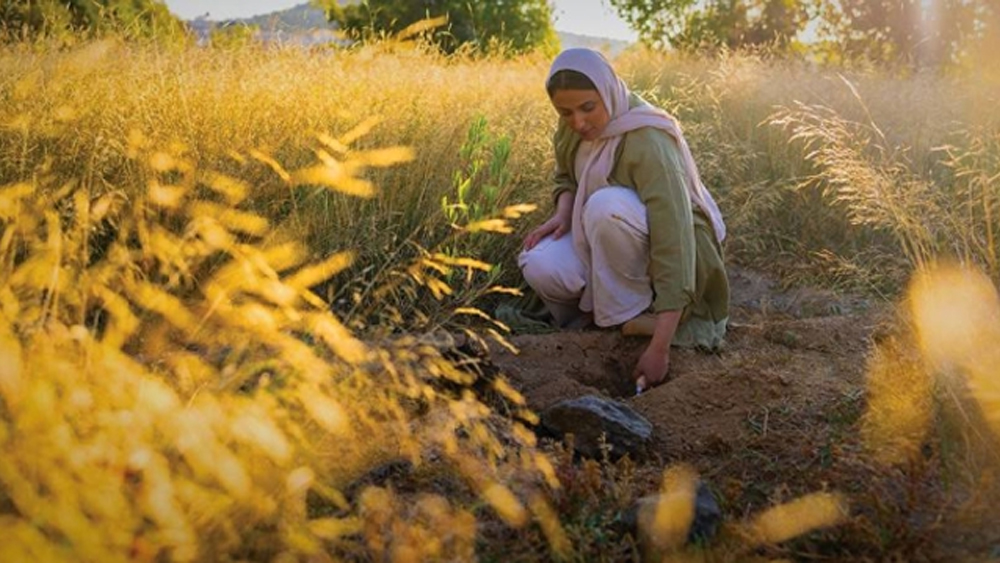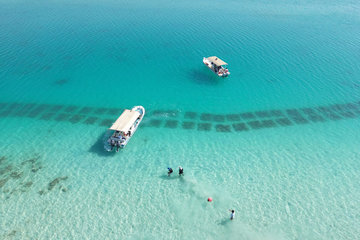
Saudi Arabia marked its first Saudi Green Initiative Day on Wednesday, demonstrating the country's commitment to cultivating a sustainable heritage for forthcoming generations. This event, recently announced, symbolizes the Kingdom's pledge to transition towards a more eco-friendly future and marks the inception of the SGI, initiated by Crown Prince Mohammed bin Salman on March 27, 2021.
The focal point of this year's commemoration, "For Our Today and Their Tomorrow: KSA Together for a Greener Future," emphasizes the collaborative efforts of over 80 public and private sector initiatives aligned with the SGI, as reported by the Saudi Press Agency. These initiatives support the goals of Vision 2030 by trying to improve living conditions and promote economic growth in newly developed sectors.
Furthermore, by reducing the effects of dust storms, increasing rainfall, and preventing desertification and sand invasion, the SGI has played a critical role in ecosystem restoration, biodiversity preservation, and livelihood protection. Notably, renewable energy is now powering over 520,000 homes through the national grid, and efforts are ongoing to increase this capacity.

Alongside massive land regeneration projects, a staggering 49 million trees and bushes have been planted nationwide since 2021. The Ministry of Municipal and Rural Affairs and Housing has led numerous afforestation projects, including the planting of 186,000 trees in Riyadh's Murcia and West of the Airport schemes, 94,000 trees in Yanbu Governorate's Pearl of Diyar project, and approximately 39,000 trees in the King Abdullah Housing complex in Al-Ahsa Governorate. Additionally, substantial tree planting has occurred in Dar Al-Jewar, Bouvardia City, Diyar Al-Hasa, among other locations, in a concerted effort to bolster green cover in residential zones.

This initiative, part of a broader commitment to environmental stewardship, aims to safeguard 30 percent of Saudi Arabia's terrestrial and marine areas by 2030. Over 1,660 endangered species have been successfully returned to their natural habitats thanks to conservation efforts, which have already seen significant progress: 18.1 percent of land and 6.49 percent of marine areas are already protected.

















